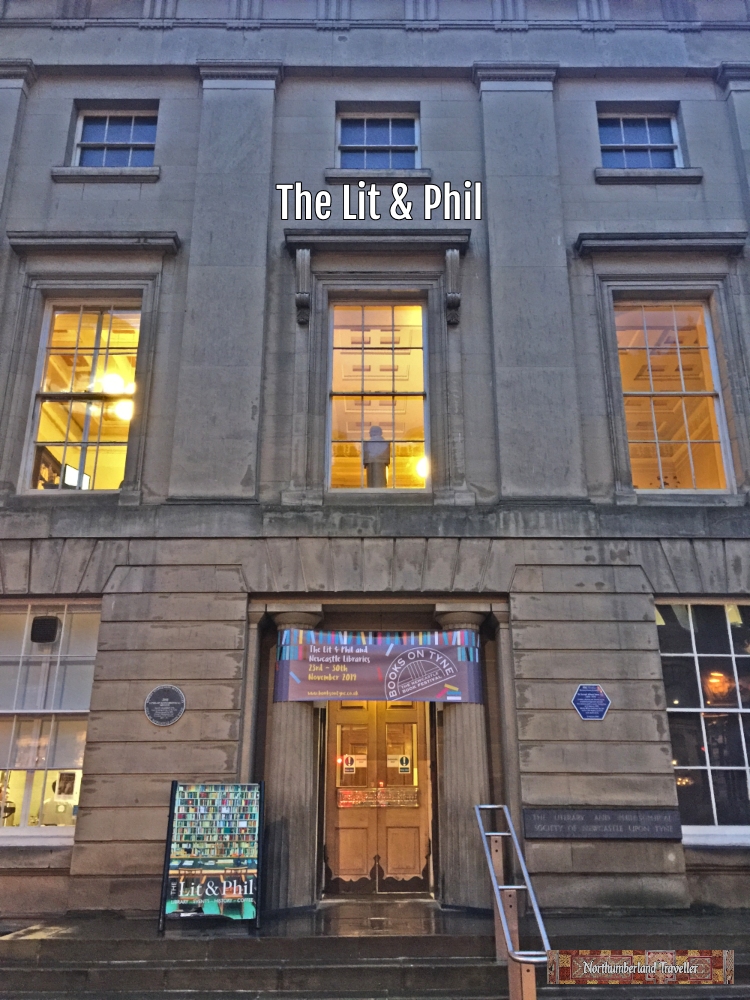
Last November I was wandering in the heart of Newcastle when I came across this building, the Literary & Philosophical Society or Lit & Phil as it now brands itself.
As you can see, there are a couple of blue plaques outside. The first tells us that Sir Joseph Wilson Swan, chemist, and physicist first demonstrated his invention of the incandescent light bulb here in 1879. Nearby Mosley Street was the first street in the world to be lit by such electric bulbs. When the Lit & Phil first started it was more a place for debate, lectures, discussion and experiments. The library grew later.
The second plaque marks the Robert Stephenson Bi-Centenary in 2003 and tells us that the Literary & Philosophical Society was established in 1793 and that this building, designed by John Green, opened in 1825. Robert Stephenson (railway engineer and son of George Stephenson, the ‘Father of Railways’) was President of the Society from 1855-59.
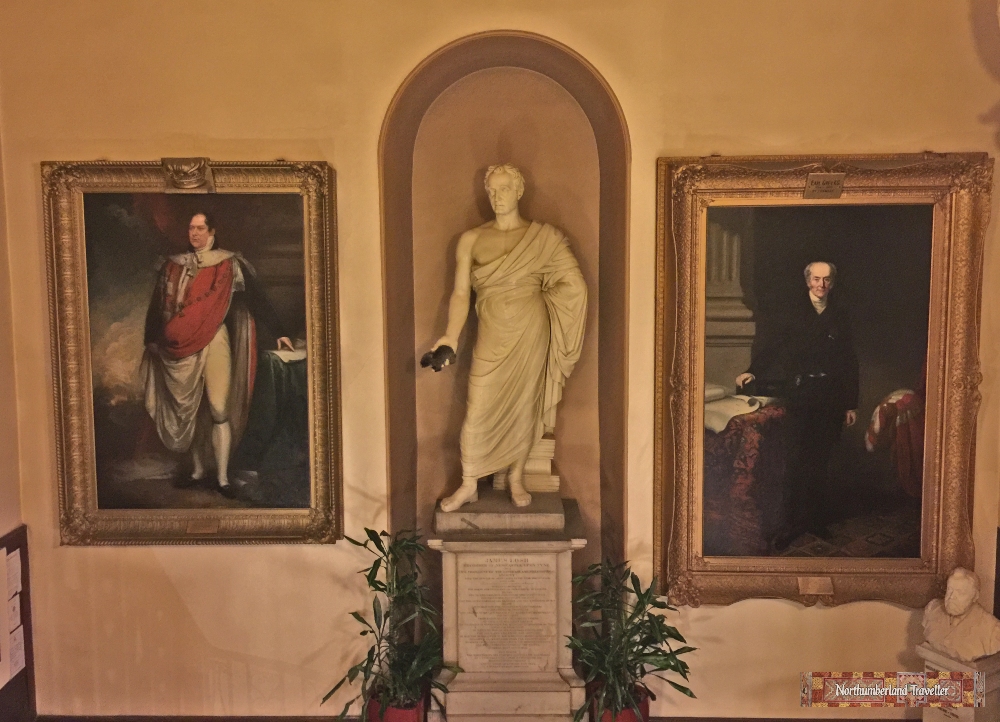
Since I had a spare half hour I took a look inside. The staircase in the impressive lobby displays some portraits and statues. The gentleman on the right was Earl Grey (1764-1845, a Northumberland man and Prime Minister in the 1830s during which time his government oversaw the abolition of slavery in the British Empire. And yes, the tea is named after him.
The statue in the middle is not of a Roman but of James Losh (1763-1833) a lawyer, reformer, abolitionist and businessman who was vice-president of the Lit & Phil in 1802. I wonder what sort of man would want to have a statue of himself made in a Roman toga but since he was dead when the statue was made we can forgive him.
The other portrait, the one one with the vain looking man revealing a bit of thigh, is of Augustus Frederick, Duke of Sussex (1773-1843) who laid the foundation stone of the building in 1822. He was the favourite uncle of Queen Victoria and quite a colourful character. He married his first wife without telling his dad, King George III who later annulled the marriage. He had a mistress or two and when he married his second wife it was again in contravention of the Royal Marriages Act and she was never recognised with the title Duchess of Sussex.
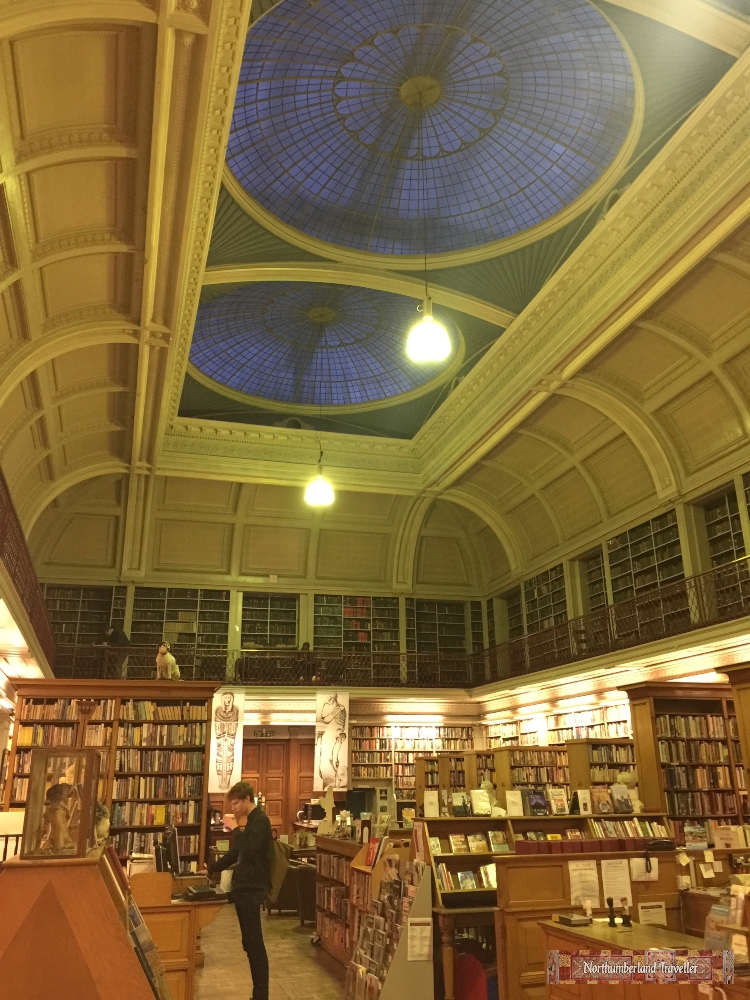
The interior of the Lit & Phil is lovely. It has the air of a private members London club, like the Reform Club that Phileas Fogg belonged to in Around the World in Eighty Days. It is actually older than the Reform Club but unlike that august organisation it is open to anyone and you can read books on the premises free of charge.
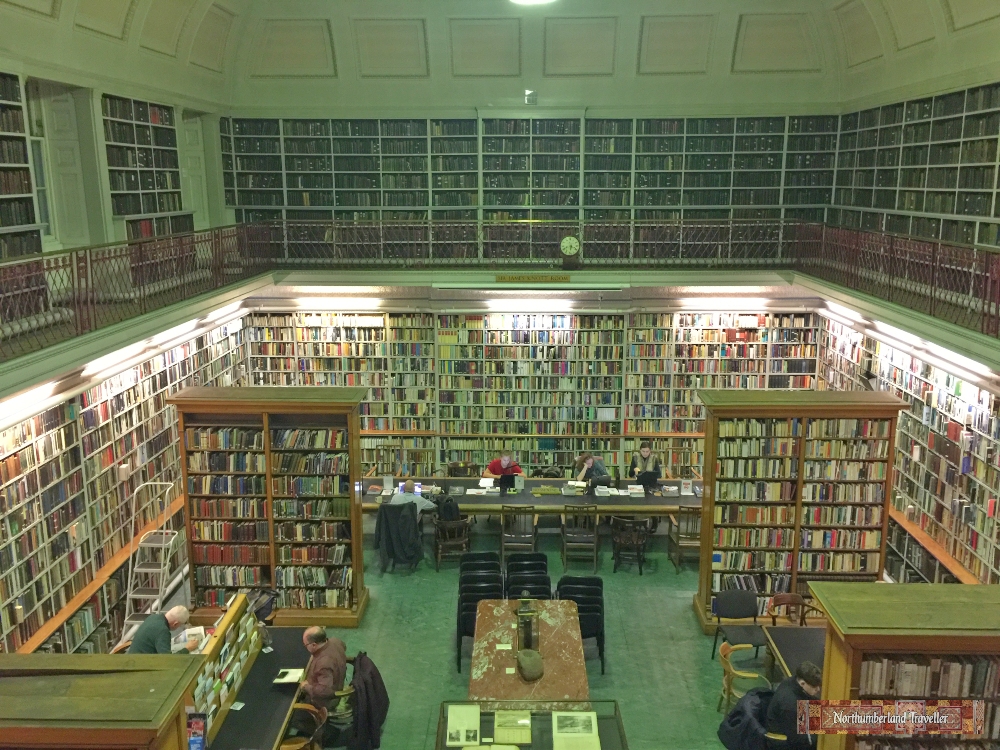
If you want to borrow books you have to become a member for a fee of £133 per year (concessions available). That might seem expensive for what is basically a library especially when you can join Northumberland County Council’s network of libraries free of charge. But the Phil & Lit does have a certain cachet and it has a huge collection of 200,000 books and you are encouraged to browse and stay as long as you like with comfortable seating, tea, coffee and cake and a quiet atmosphere for students and book lovers.
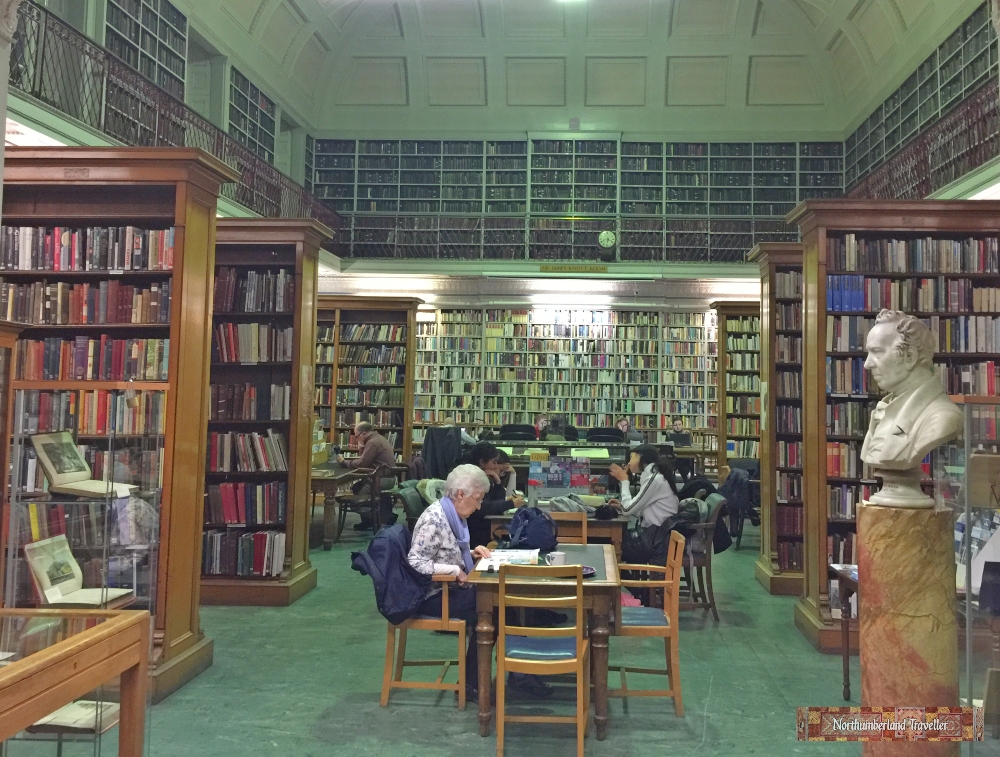
Their music library is the biggest in the North of England and the Lit & Phil is a popular venue for musical events.
I would recommend a visit if you are ever in Newcastle upon Tyne. You can find details of their location and services on their website.

One thought on “The Lit & Phil – Newcastle’s Best Kept Secret”